PMS vs Mutual Funds: Key Differences & Which to Choose

By

If you're looking to invest in the stock market but don't have the time or expertise to pick individual stocks, two popular options come to mind: Portfolio Management Services (PMS) and Mutual Funds. Both are managed by professionals and aim to grow your money, but they work very differently.
Let’s break it down and help you figure out which one suits you better.
PMS is an investment service where a portfolio manager builds and manages a personalised portfolio of stocks, bonds, or other securities for you. The portfolio is created based on your financial goals, risk appetite, and preferences.
Unlike mutual funds, where your money is pooled with others, PMS gives you direct ownership of the stocks or securities in your account. It’s like having a dedicated fund manager working exclusively for your wealth.
As per SEBI rules, the minimum investment required for PMS is ₹50 lakh, which makes it suitable mostly for high-net-worth individuals (HNIs).
There are three types of PMS:
Related Read: Portfolio Management: Meaning, Types, Objectives & How to Do It Right
A mutual fund collects money from multiple investors and invests in a diversified portfolio of stocks, bonds, or other assets. The money is managed by a professional fund manager on behalf of all investors.
Here, you don’t directly own the stocks. Instead, you own units of the fund, and the performance of those units depends on the underlying investments.
Mutual funds are regulated, cost-effective, and easily accessible - you can start investing with as little as ₹100 via SIP. There are hundreds of schemes to choose from based on your goal and risk appetite, such as equity, debt, hybrid, index, and more.
Related Read: Mutual Funds for Beginners
| Feature | PMS | Mutual Funds |
|---|---|---|
| Minimum Investment | ₹50 lakh | ₹100 (SIP) / ₹500 (lump sum) |
| Ownership | Direct (in your demat account) | Indirect (units of the fund) |
| Customisation | High | Low |
| Fees | Fixed + performance-based fees | Expense ratio (0.5%–2.5%) |
| Taxation | On each transaction (capital gains) | Only on redemption of fund units |
| Liquidity | Lower | Higher (T+2 redemption) |
| Transparency | High | Moderate (via factsheets) |
| Regulation | SEBI-regulated, less standardised | SEBI-regulated, standardised |
PMS is generally meant for investors with a large corpus who want a tailor-made approach to investing. If you have a high risk appetite, want direct stock ownership, and are comfortable with higher fees, PMS might be a good option.
It also suits investors who prefer transparency and want detailed reporting, even direct access to the portfolio manager in some cases. However, it’s important to understand that PMS returns can be volatile and there is no guaranteed performance.
Mutual funds are ideal for most retail investors. They’re simple to understand, easy to invest in, and offer diversification even with small amounts of money. You don’t need a demat account, and you can start or stop investing anytime.
If you're looking to invest for long-term goals like retirement, child’s education, or wealth creation, mutual funds provide a disciplined and low-cost way to do it. With SIPs, you can invest regularly without worrying about market timing.
Many investors believe that PMS gives better returns because it’s actively managed and customised. While this can be true in some cases, it’s not guaranteed. PMS returns vary significantly based on the strategy, market conditions, and fund manager’s skill.
On the other hand, mutual funds—especially actively managed equity funds - have also delivered strong long-term returns. The key difference is that mutual funds are more standardised and have lower fees, which can improve net returns over time.
PMS generally charges both a fixed management fee and a performance fee. The total cost can be significantly higher than mutual funds. For example, some PMS models charge 2% annually plus 20% of profits above a certain hurdle rate.
Mutual funds charge an expense ratio, which is usually between 0.5% and 2.5% depending on the type of fund and whether you choose the direct or regular plan.
With PMS, you’re taxed on each transaction - just like when you buy or sell stocks on your own. This means you might end up paying more in taxes if there’s active churn in your portfolio.
Mutual funds are more tax-efficient. You pay tax only when you redeem your units. Equity mutual funds held for over 1 year are taxed at 10% (LTCG) on gains above ₹1 lakh, and debt mutual funds follow different rules based on the holding period.
If you’re just starting out or looking for a simple way to invest for your future, mutual funds are usually the better choice. They’re accessible, regulated, and ideal for long-term wealth creation.
If you’re an experienced investor with ₹50 lakh or more to deploy and want personalised investment management, PMS can be explored. Just make sure you understand the risks, fees, and performance expectations clearly.
In fact, many HNIs use both - keeping the core portfolio in mutual funds and exploring niche opportunities through PMS.
Both PMS and mutual funds are valid ways to grow your wealth but they cater to different types of investors. The right choice depends on how much capital you’re investing, how involved you want to be, and what kind of risk you’re comfortable taking.
For most investors, mutual funds offer a well-rounded, cost-effective approach to long-term investing. But if you’re looking for customisation and have the budget for it, PMS might be worth exploring with the right manager.
Yes, you can. Many investors use mutual funds for core allocation and PMS for focused or aggressive strategies.
PMS tends to be more concentrated and less regulated than mutual funds, so the risk can be higher. Always assess your risk appetite before investing.
No. Like mutual funds, PMS returns depend on market conditions and the manager’s performance. There’s no guarantee.
Yes. Since the securities are bought in your name, a demat account is mandatory for PMS.
Mutual funds are considered safer for retail investors because they’re diversified, regulated, and lower in cost.
Disclaimer: This article is for informational purposes only. Mutual fund and PMS investments are subject to market risks. Please read all scheme-related documents carefully before investing.
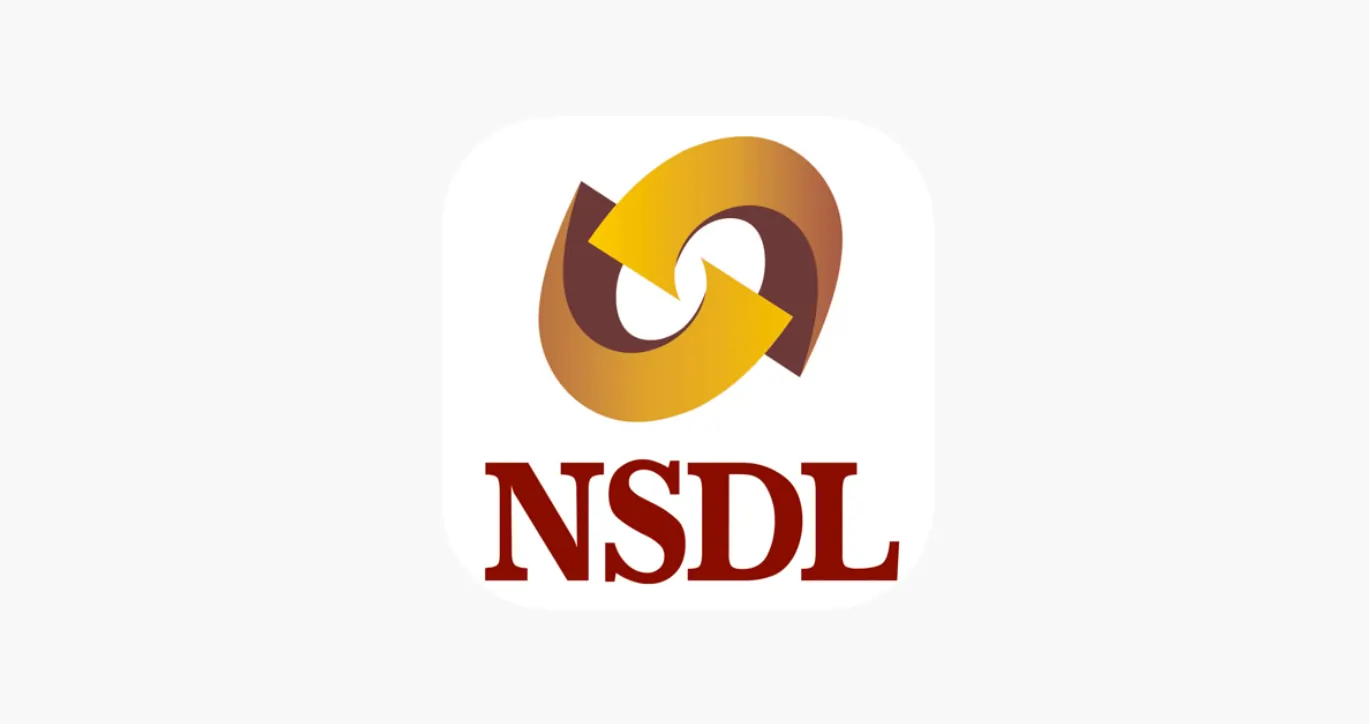
Learn how to easily download your NSDL CAS Statement in PDF format with our step-by-step guide. Follow our instructions to log in to NSDL e-Services, download your account statement, and subscribe for
Read Full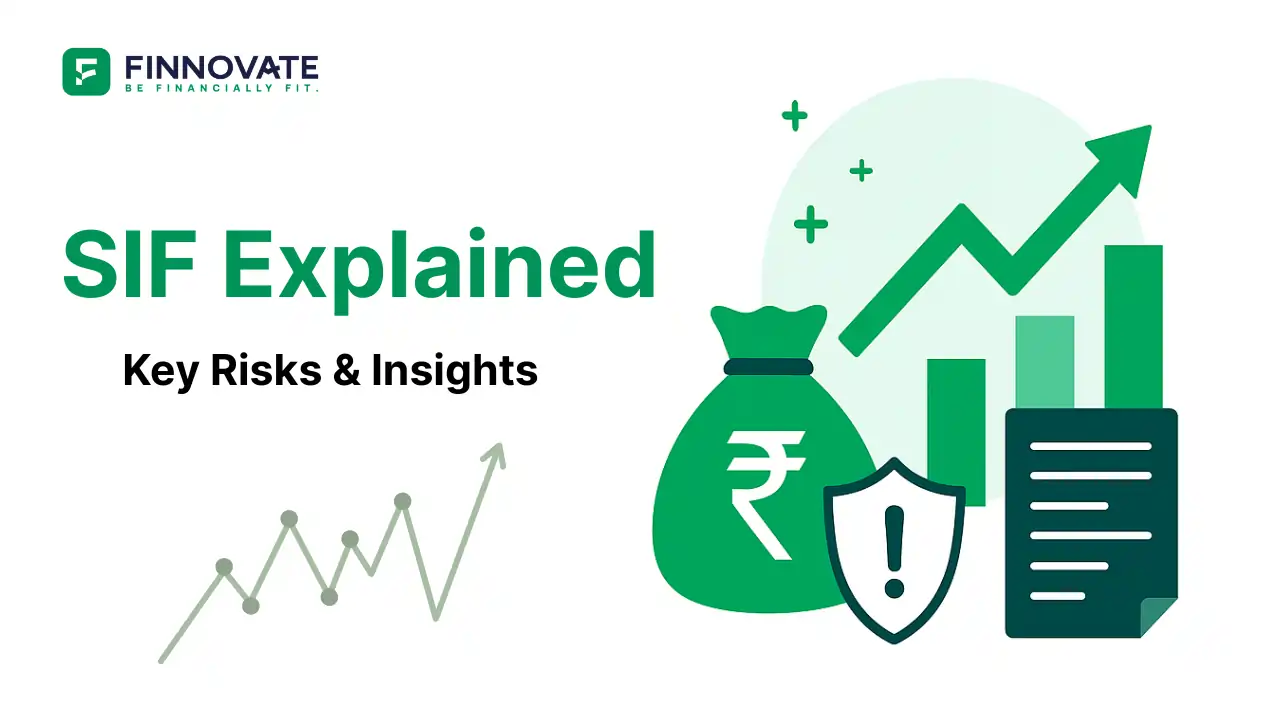
Explore what Specialised Investment Funds (SIFs) are, their benefits, taxation, minimum investment, how to invest, how they compare with mutual funds and PMS and latest developments in SIF space
Read Full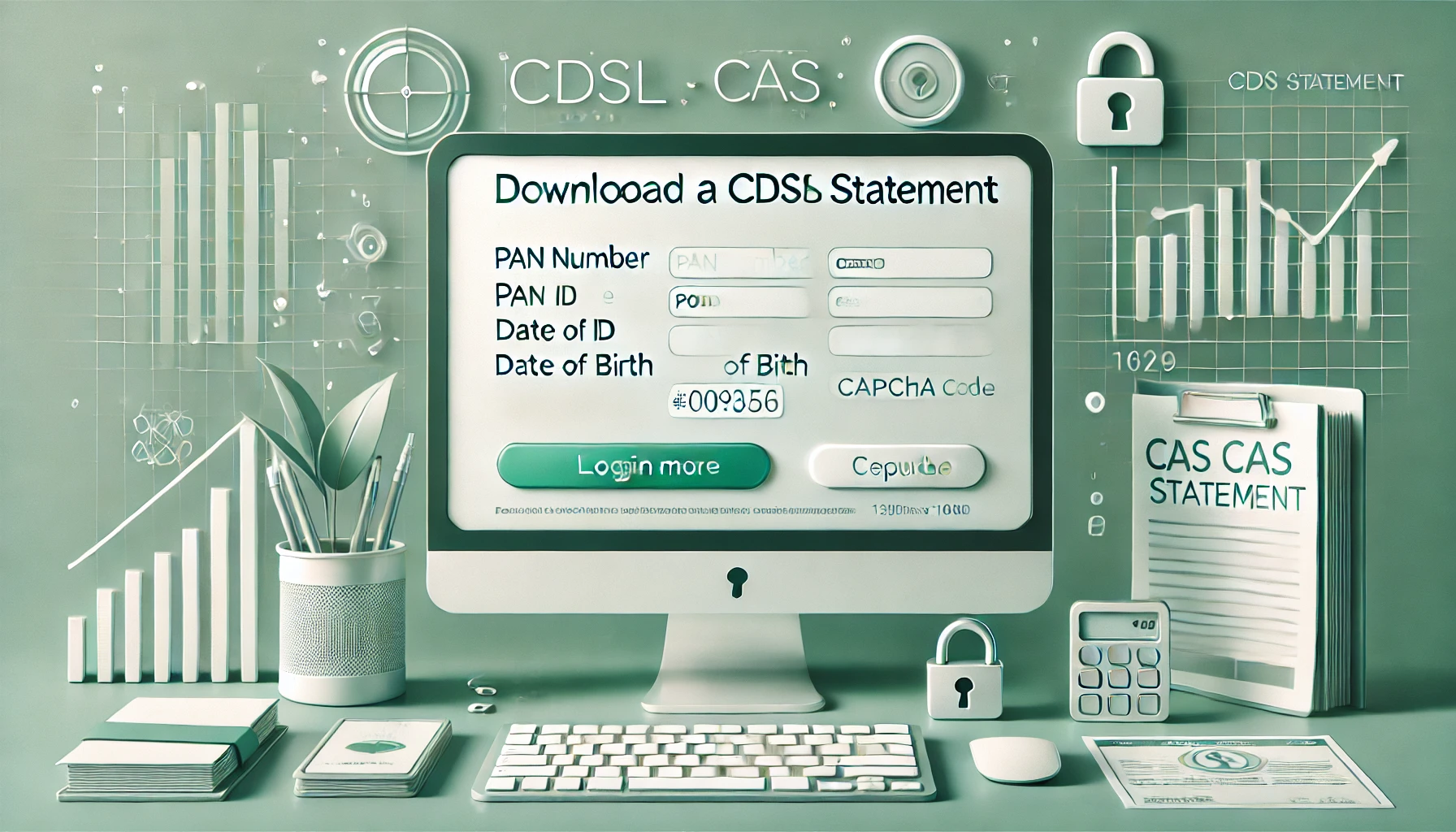
Learn How to Download Your CDSL CAS Statement with our step-by-step guide. Easy instructions for accessing your investment details online.
Read Full
Analyzing the potential economic impact of the 2025 India-Pakistan conflict on India's GDP growth, manufacturing sector, and foreign investment.
Read Full
Looking for the best financial freedom books? Here’s a handpicked 2025 reading list with summaries, why to read, and who it's best for.
Read Full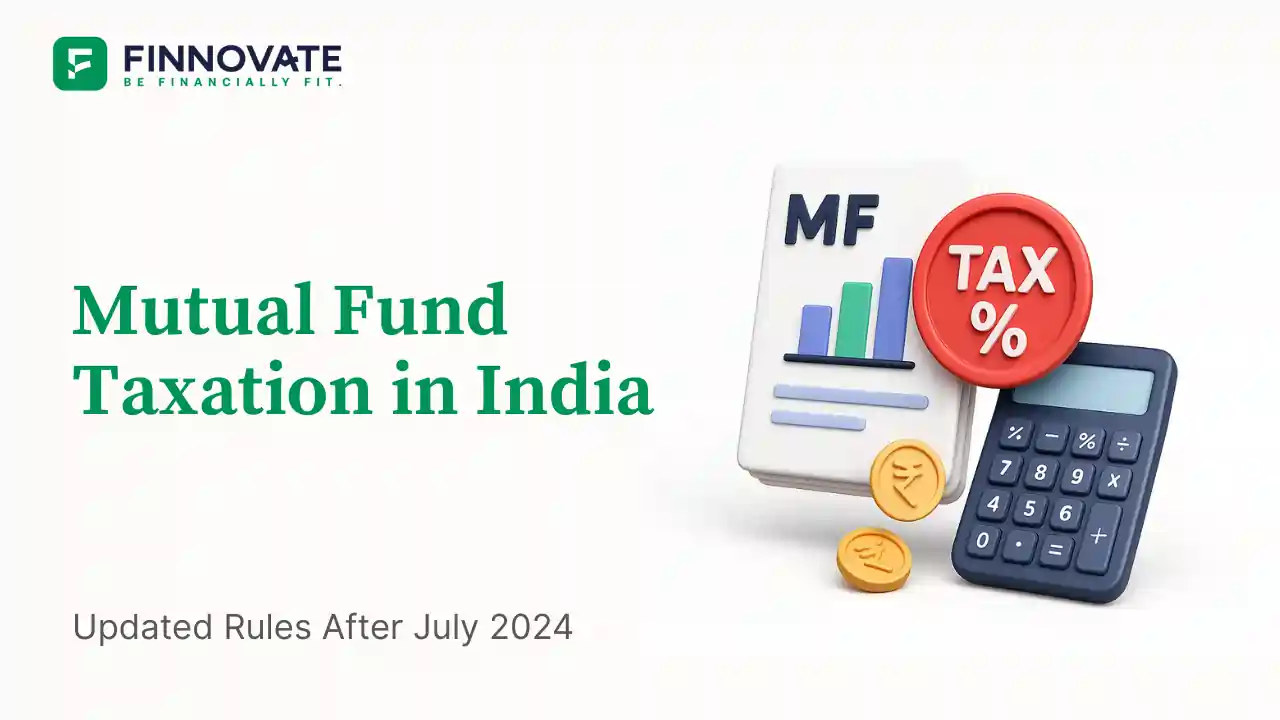
Clear guide to mutual fund taxation in India for FY 2025–26 after July 2024 changes: equity STCG 20%, LTCG 12.5% with ₹1.25L exemption, debt/hybrid rules, dividends, examples, tables, and FAQs.
Read Full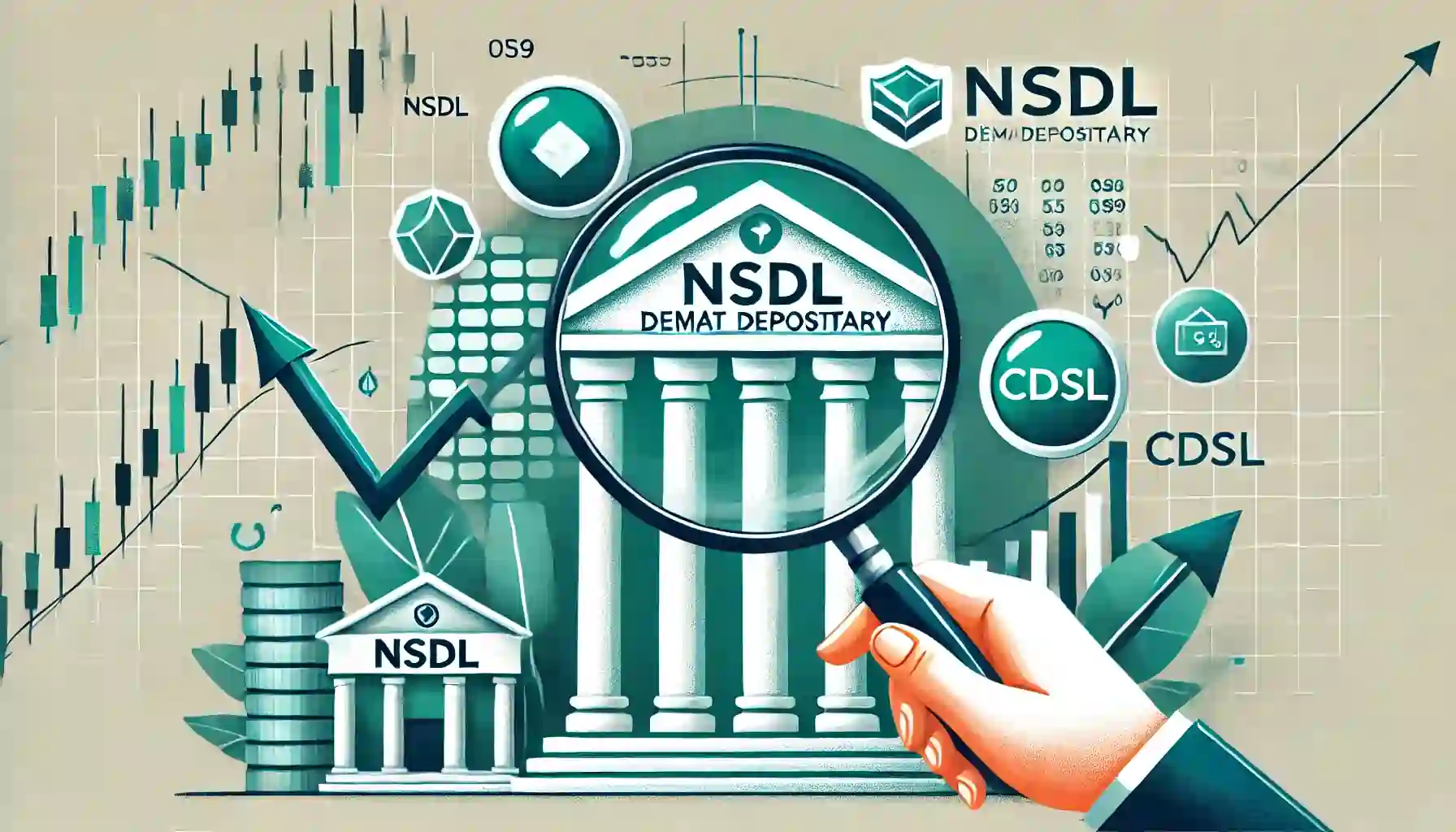
Determine if your Demat Depositary (DP) is NSDL or CDSL easily. Follow our guide to check using broking platforms or Demat account number formats
Read Full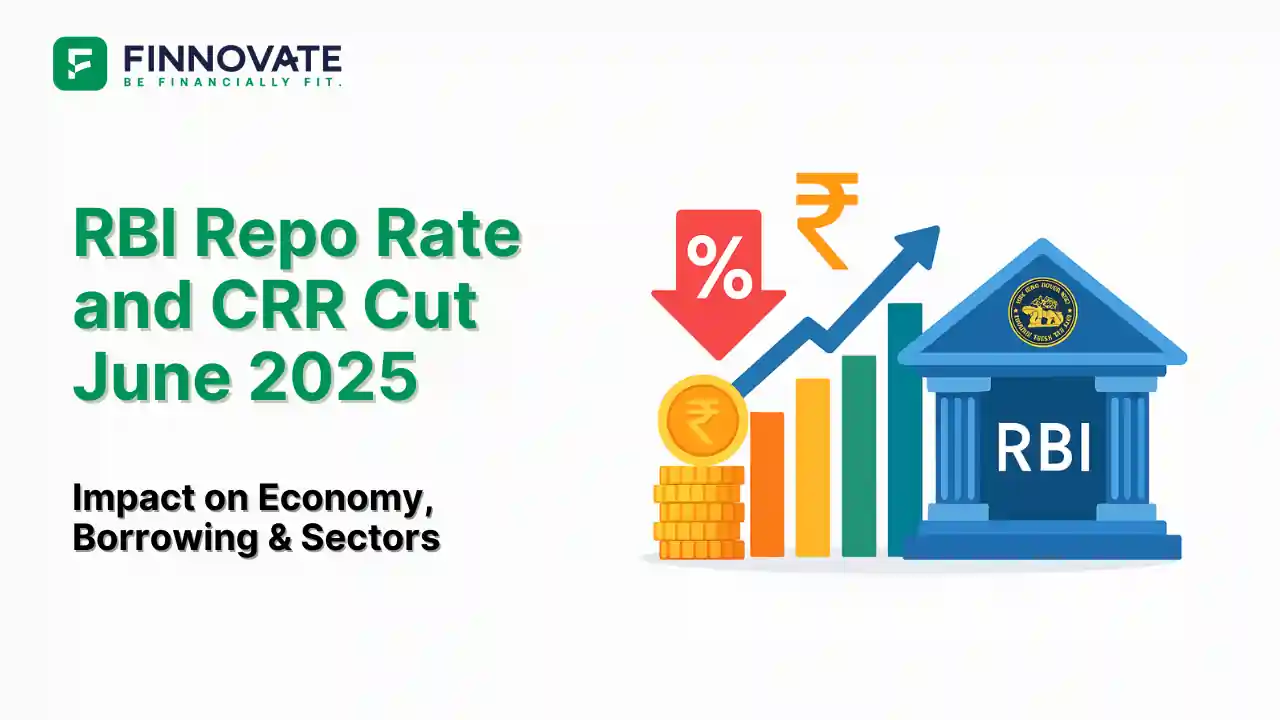
RBI cuts repo rate by 50 bps and CRR by 100 bps in June 2025 to boost growth. Learn how it impacts inflation, borrowing, sectors, and market trends.
Read Full